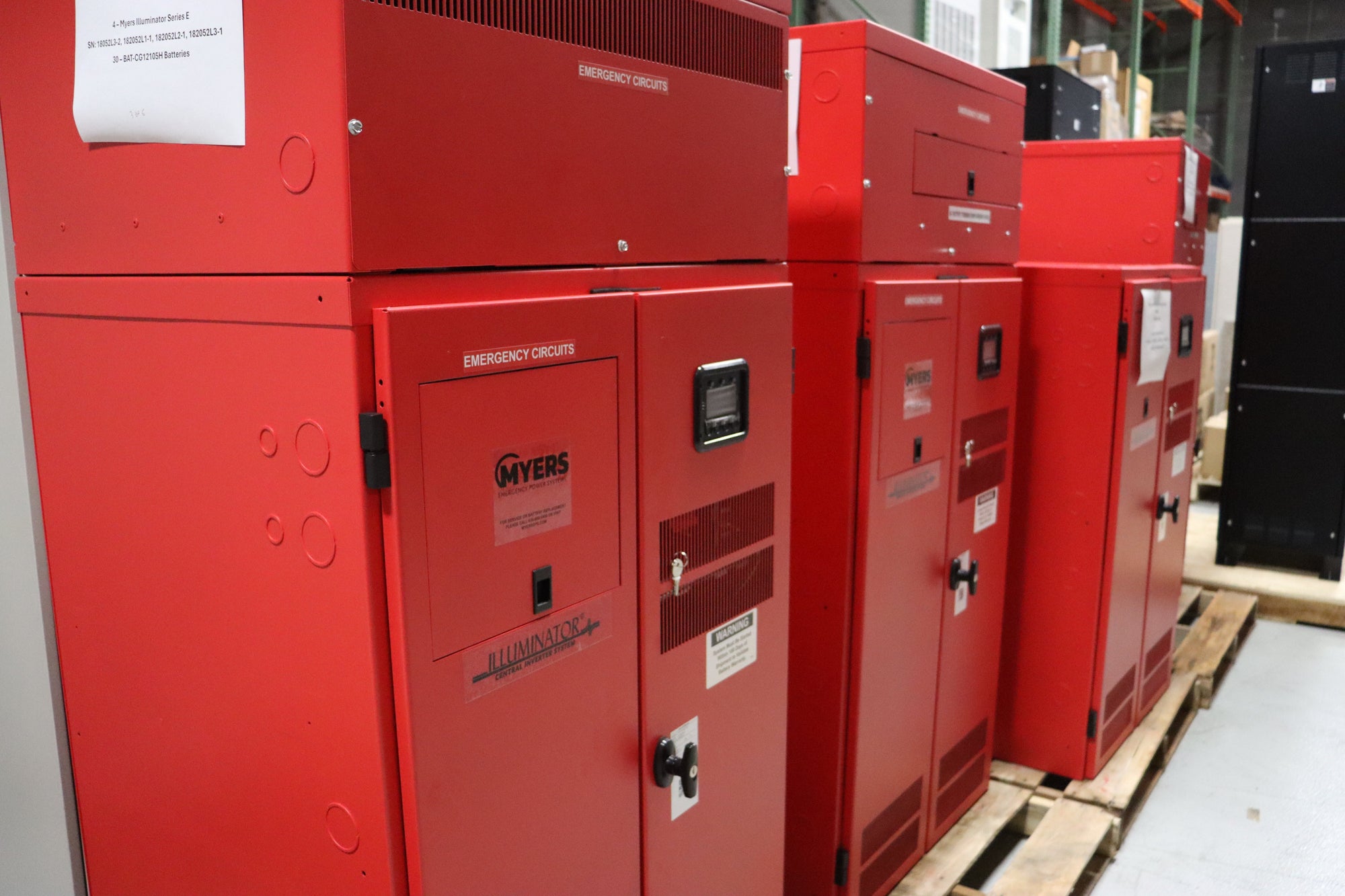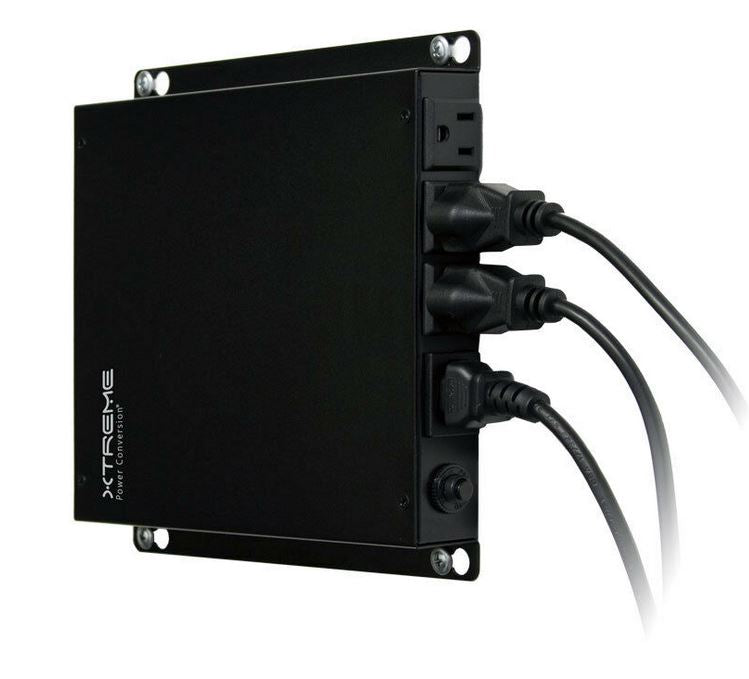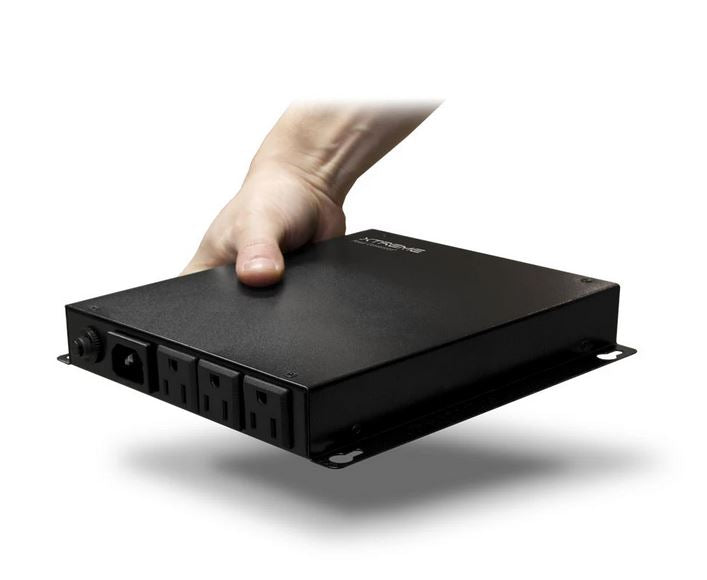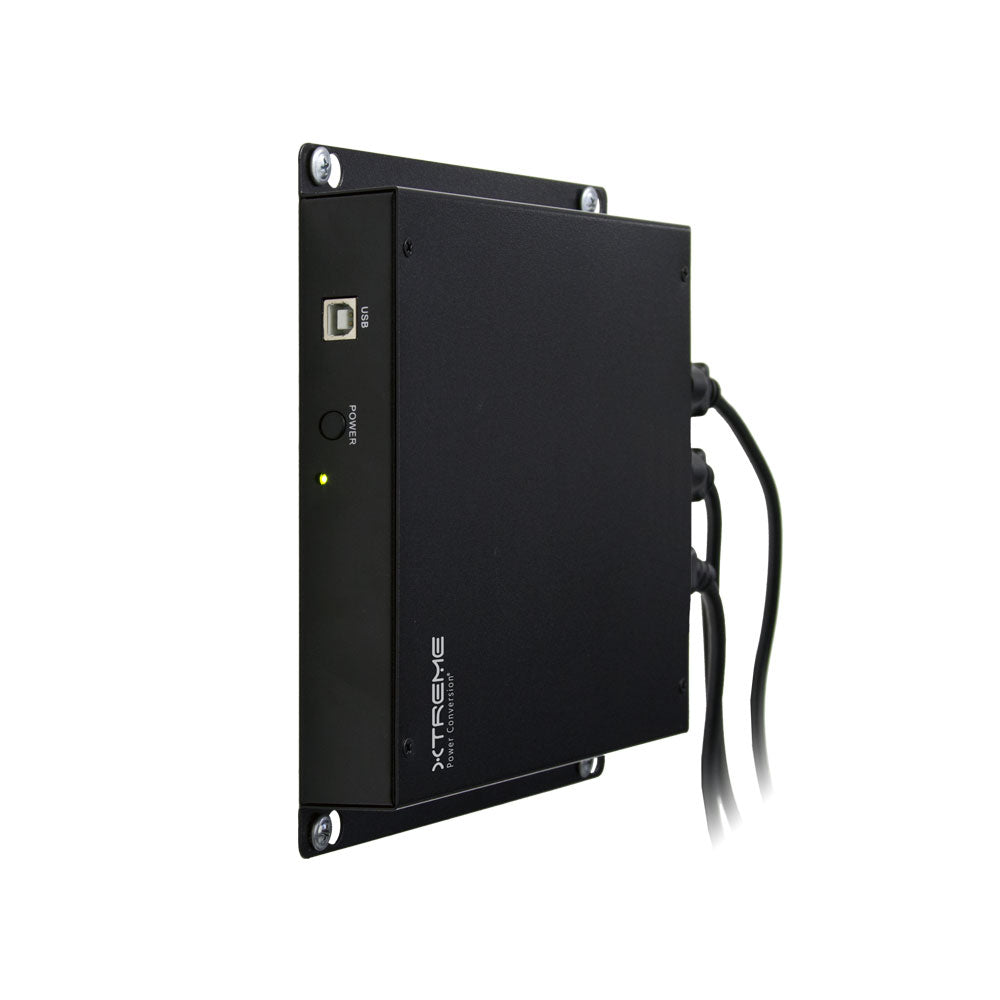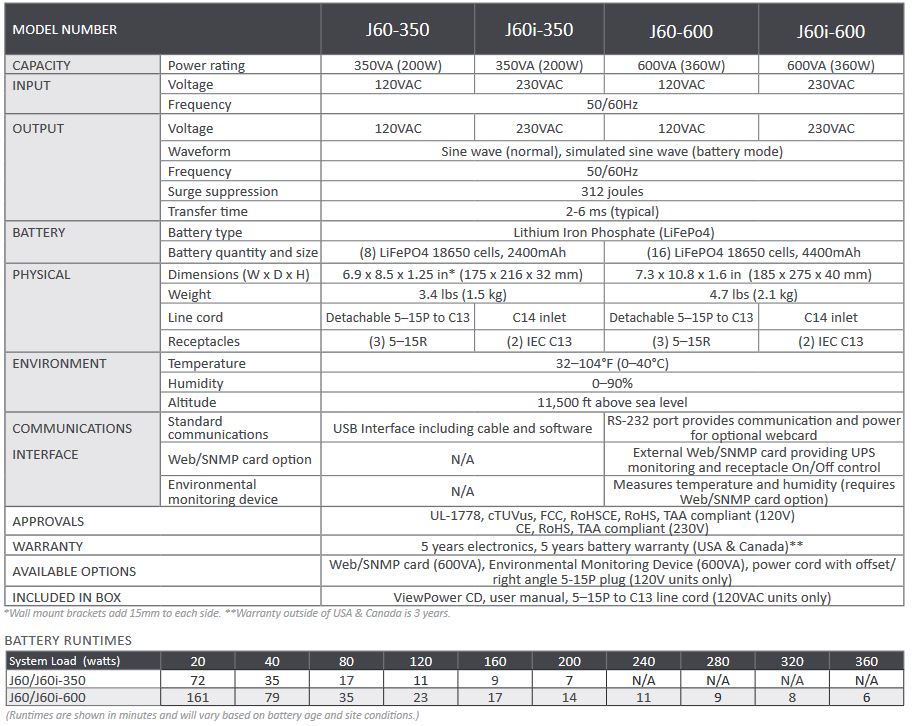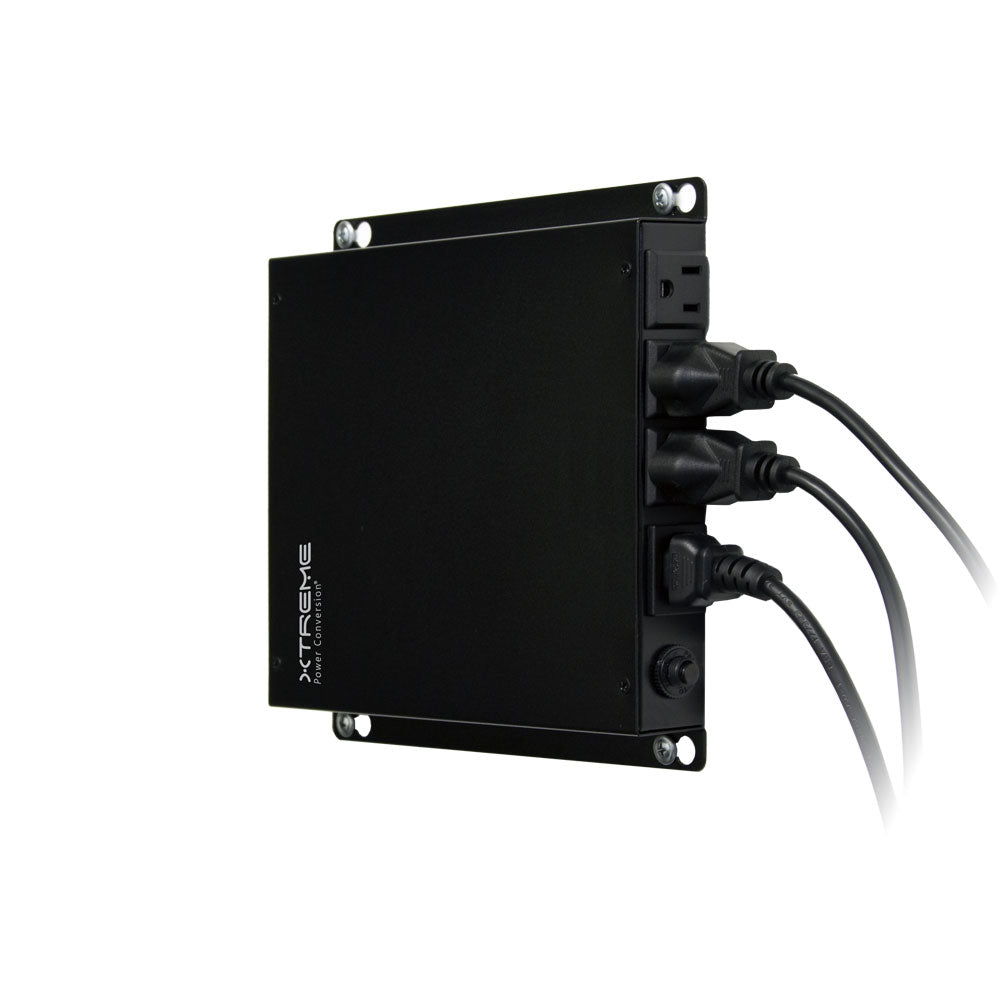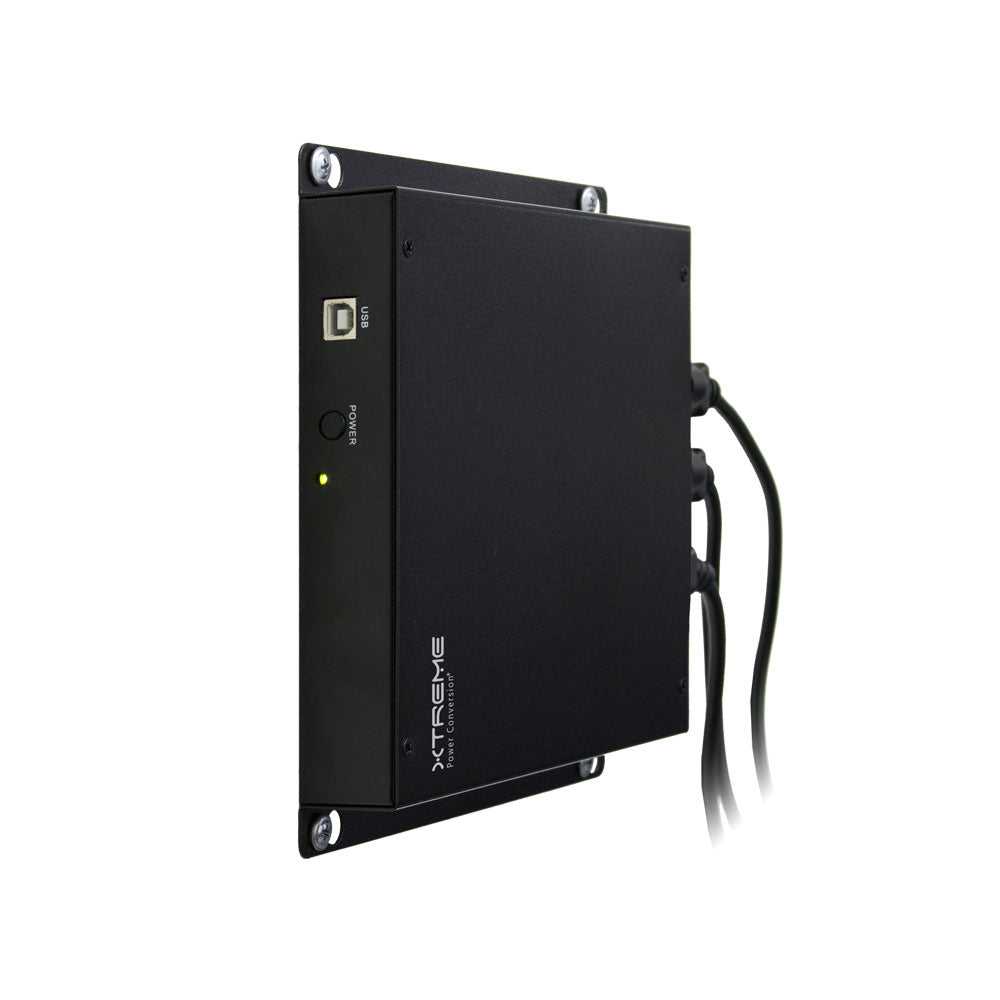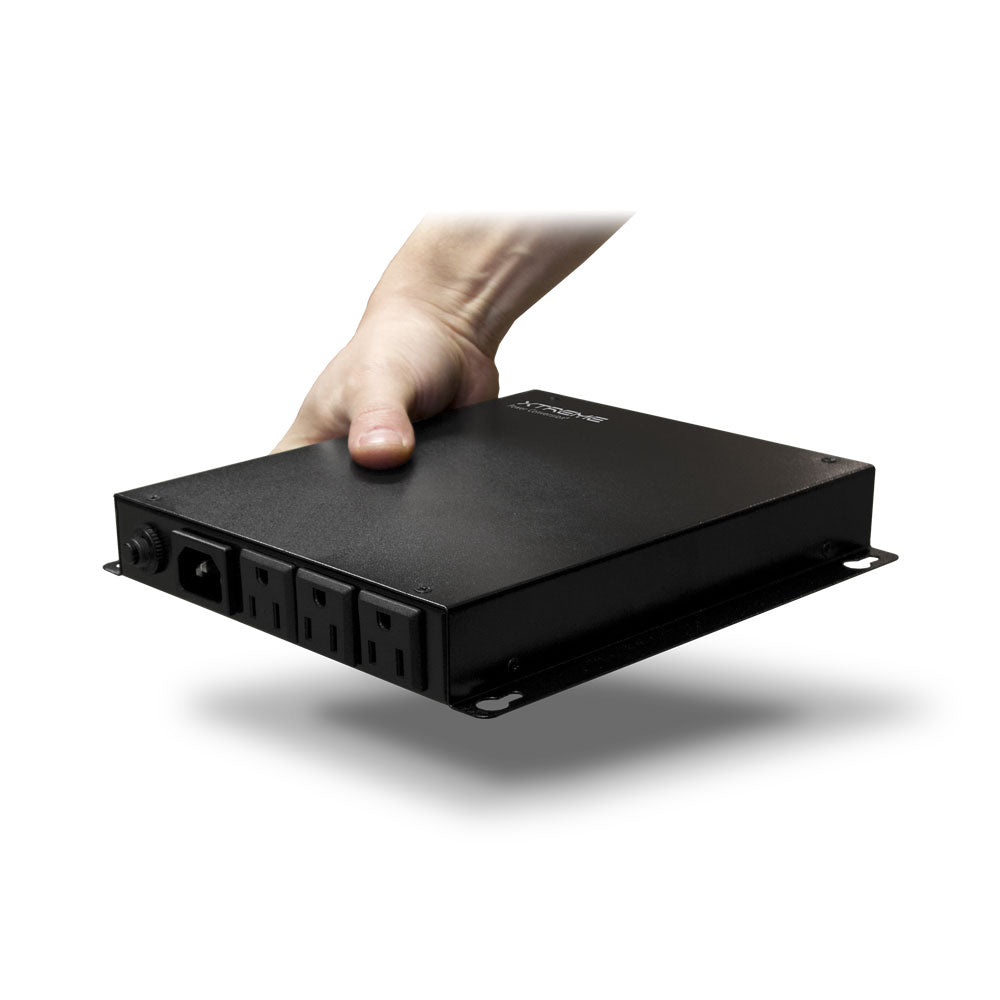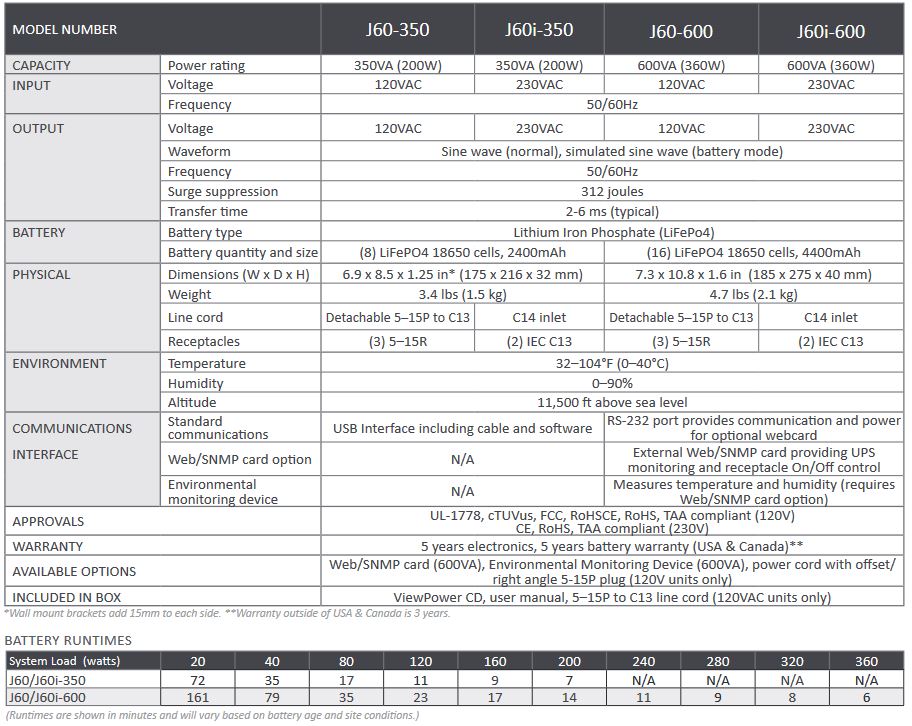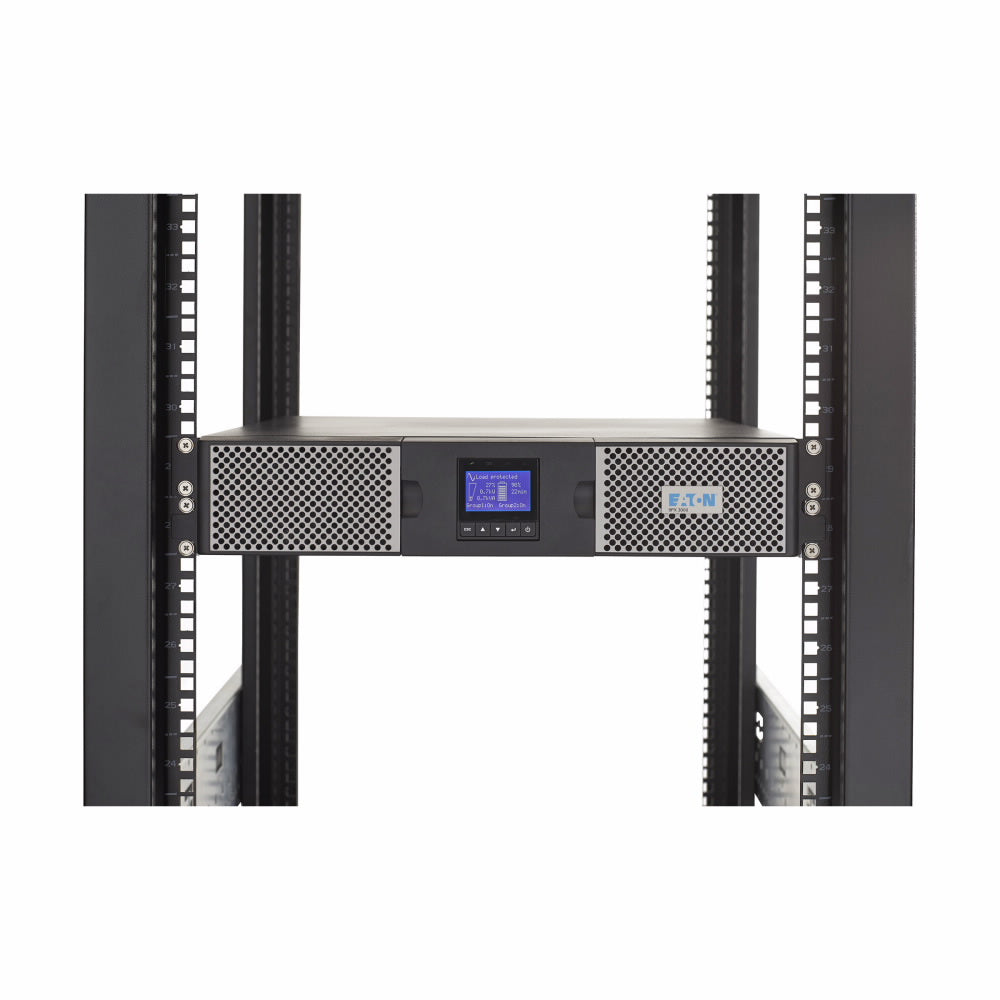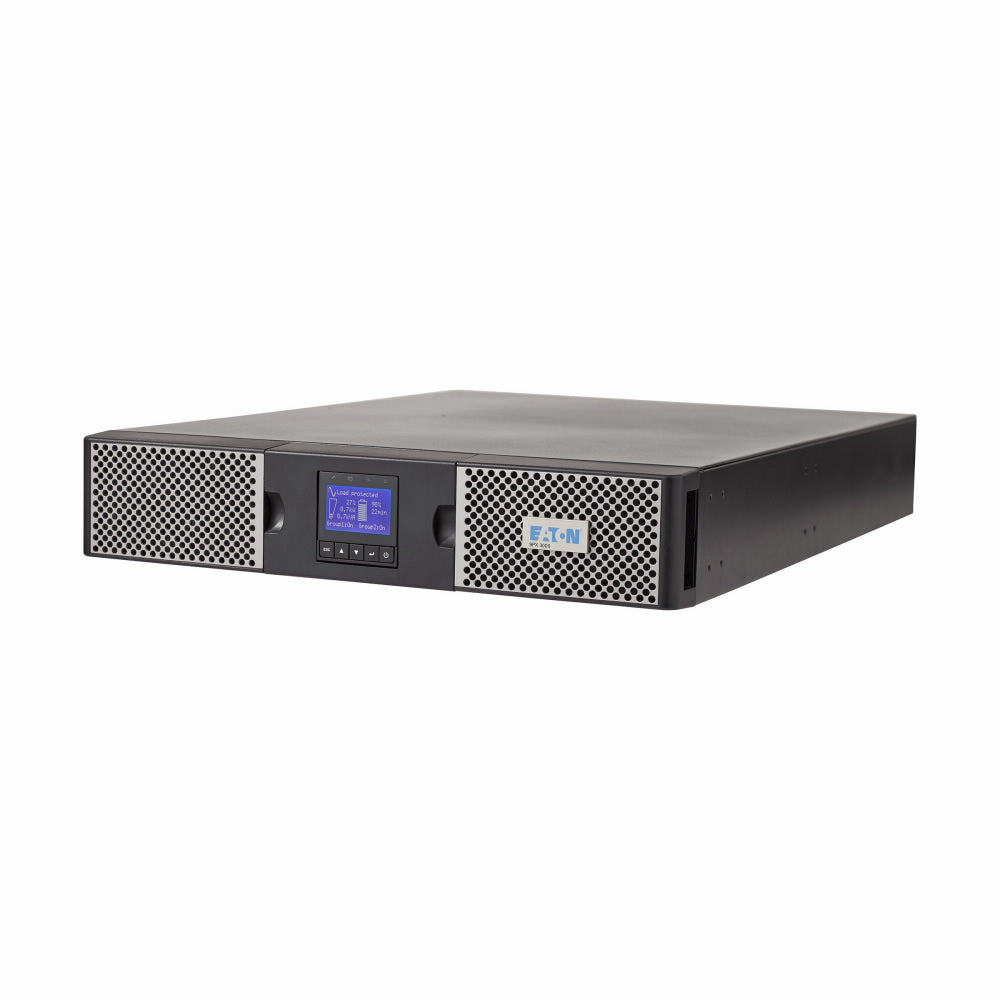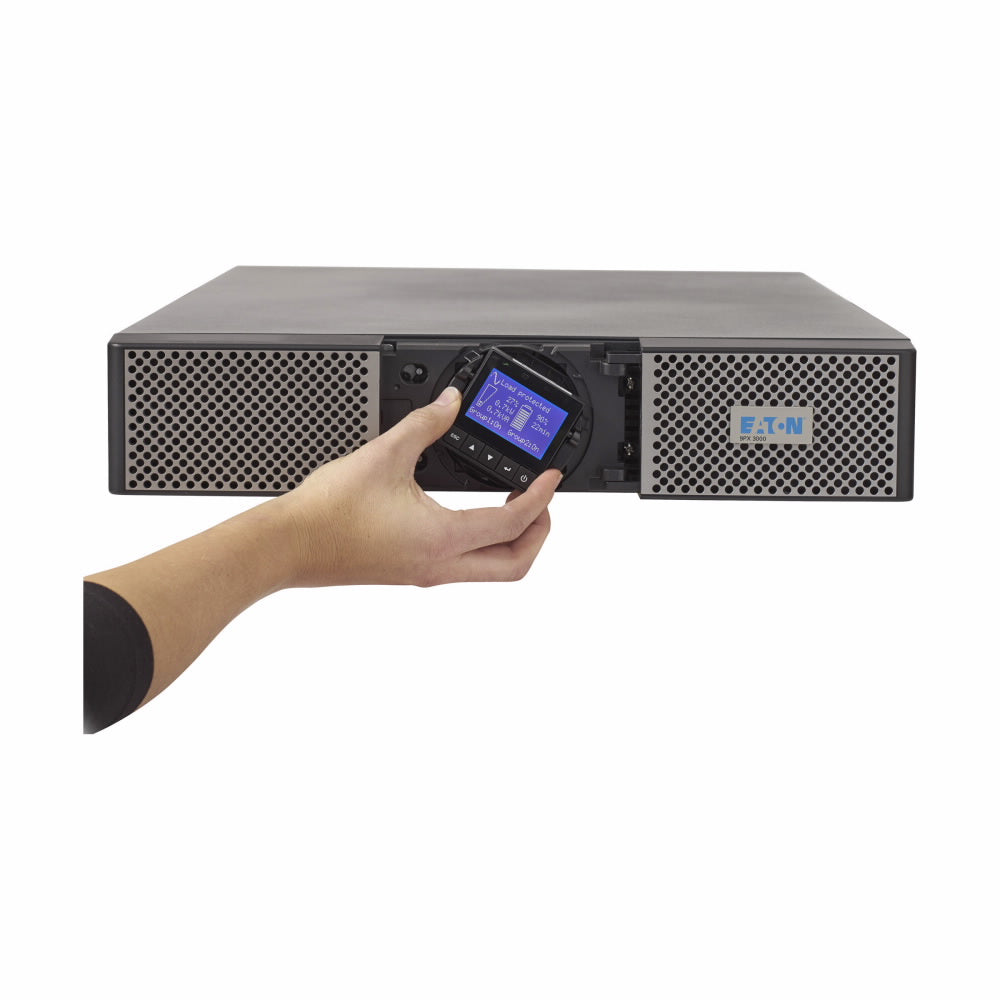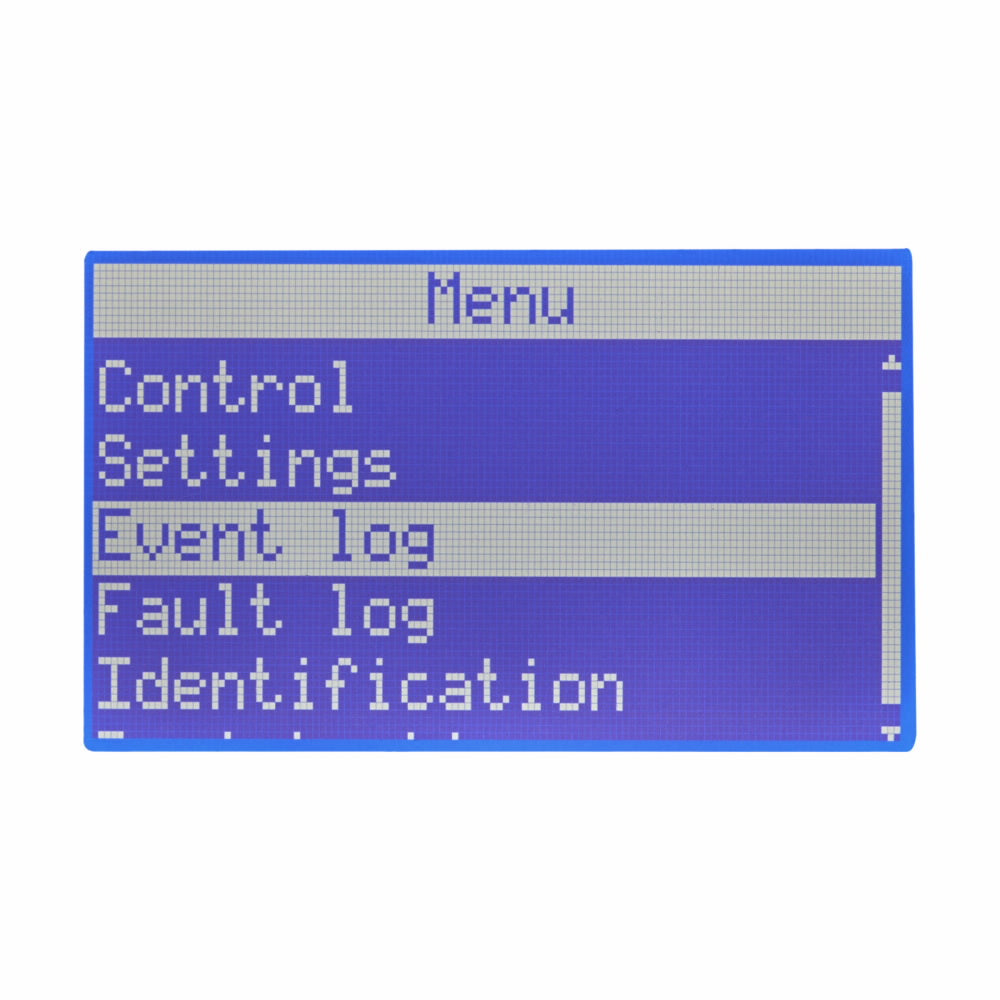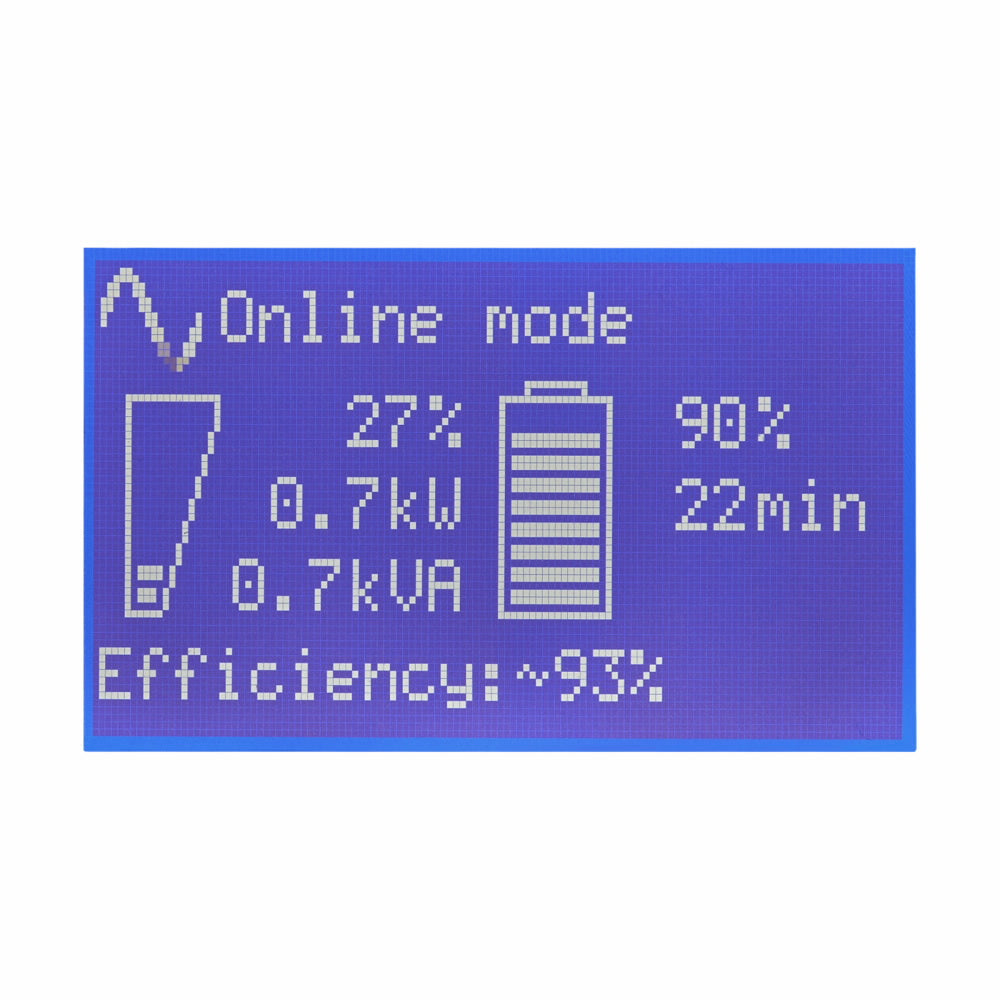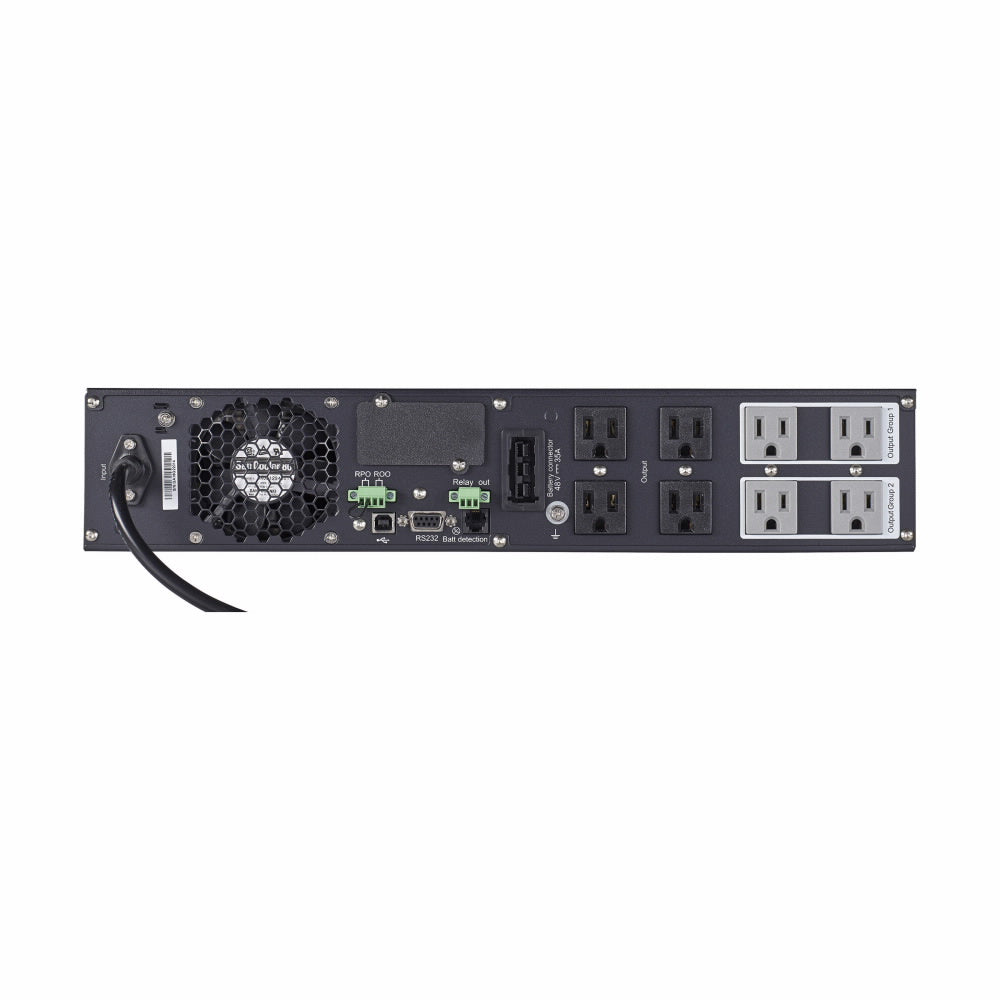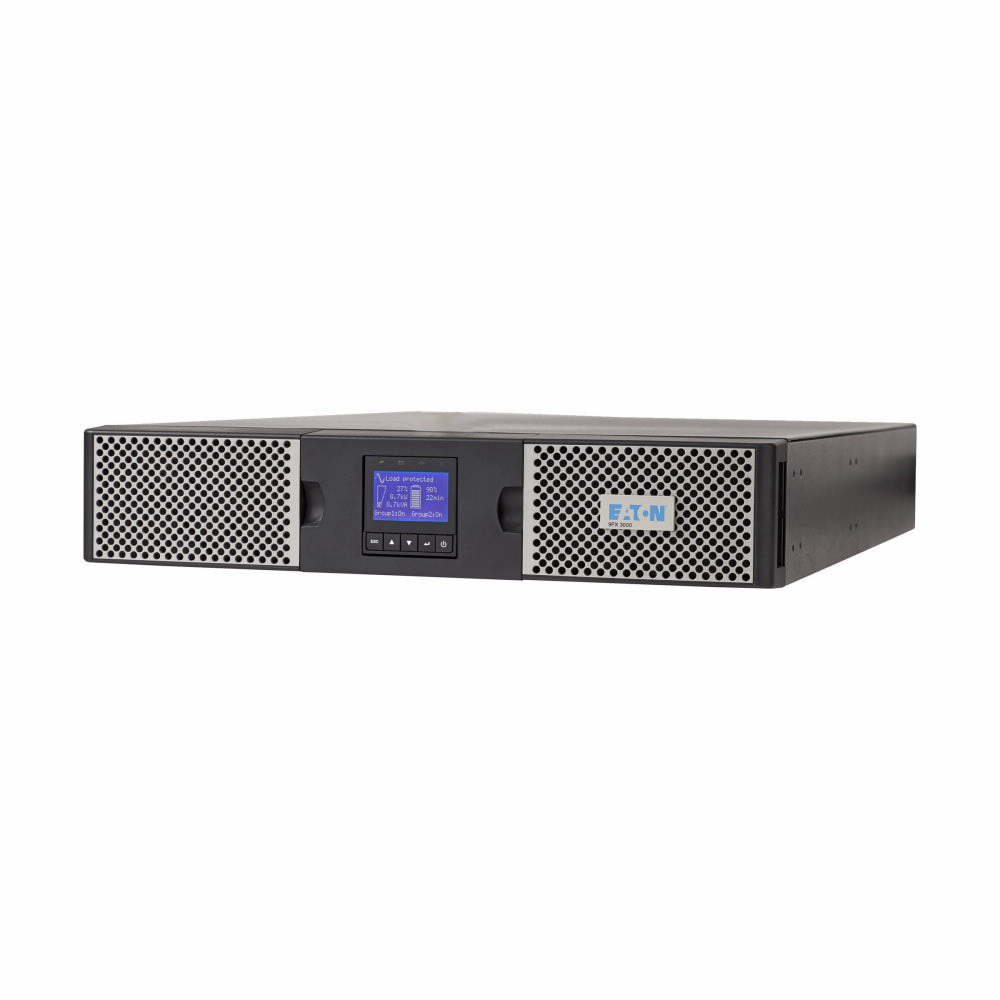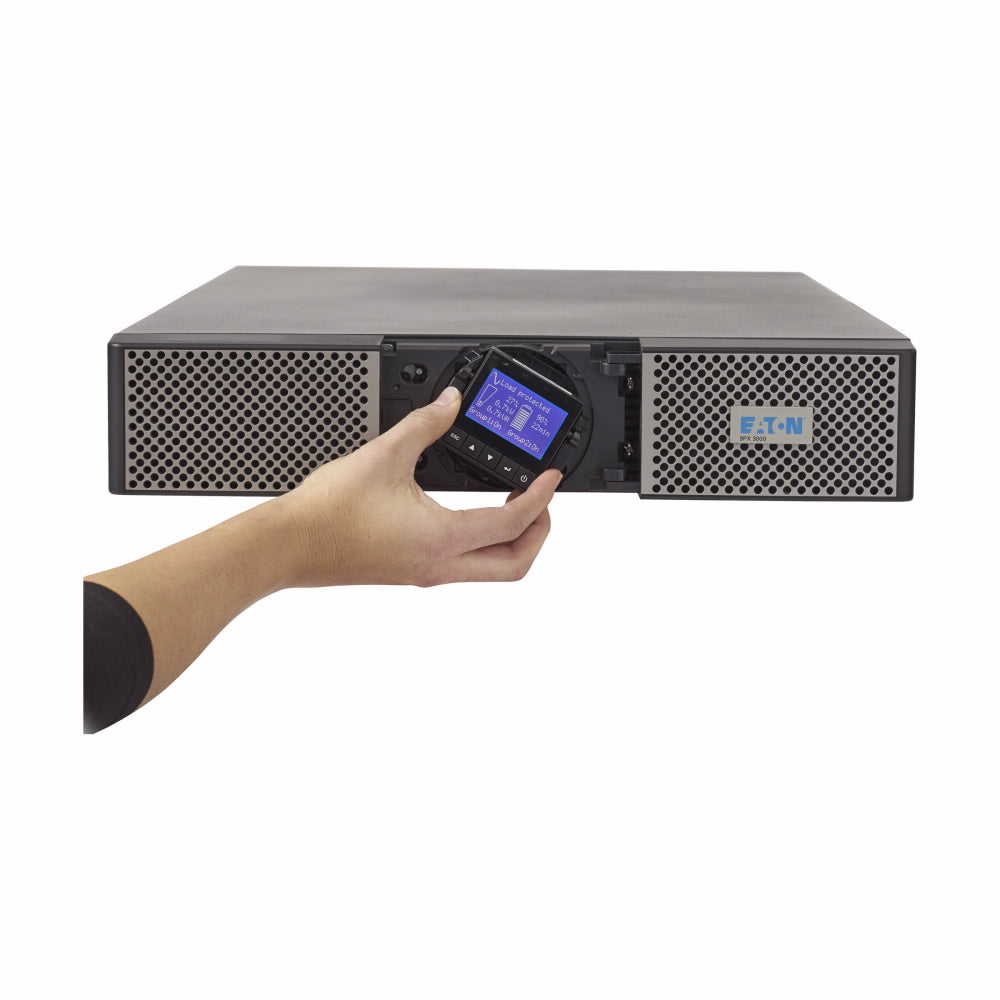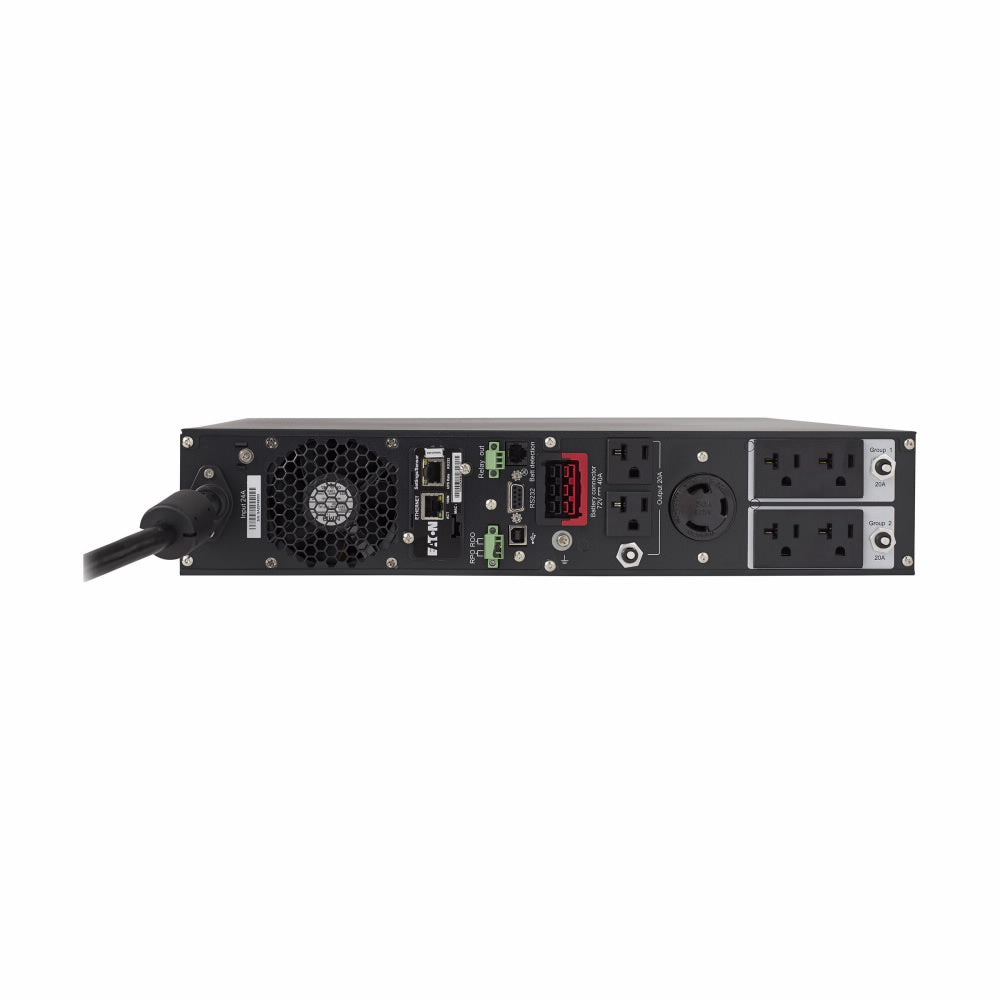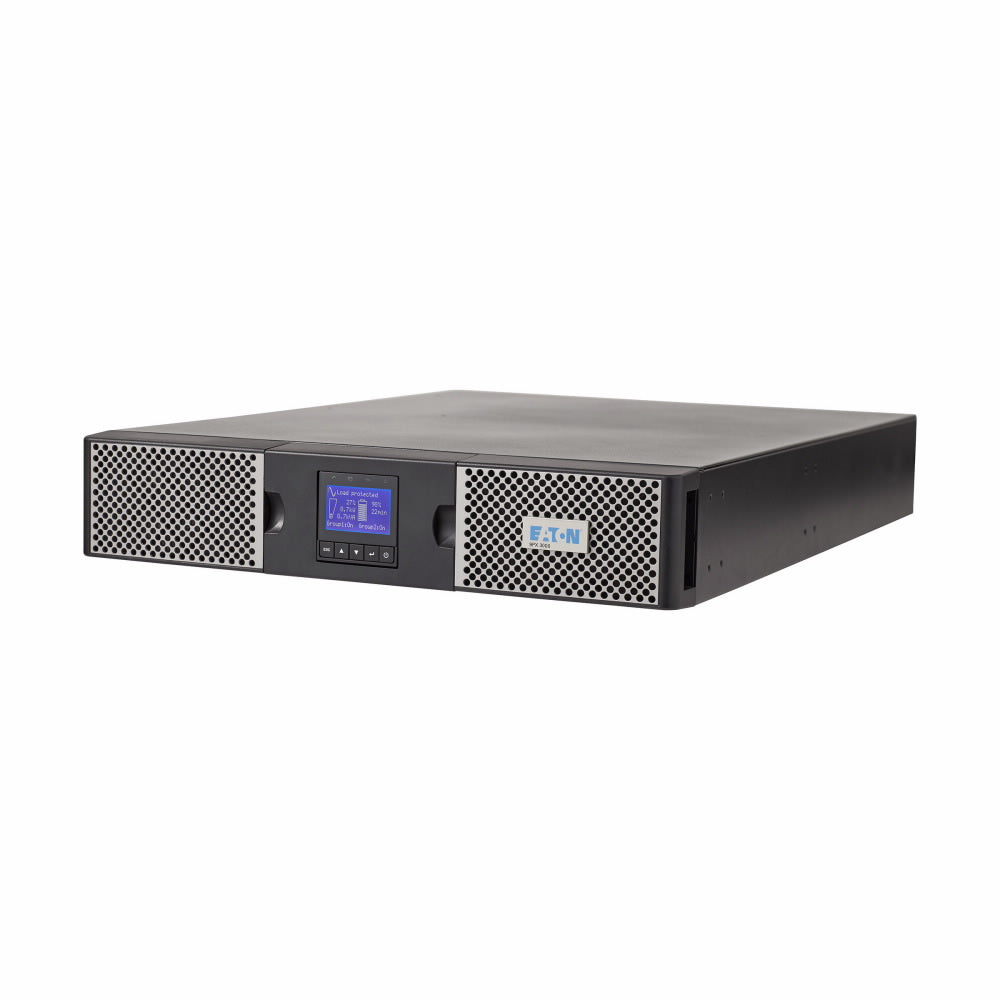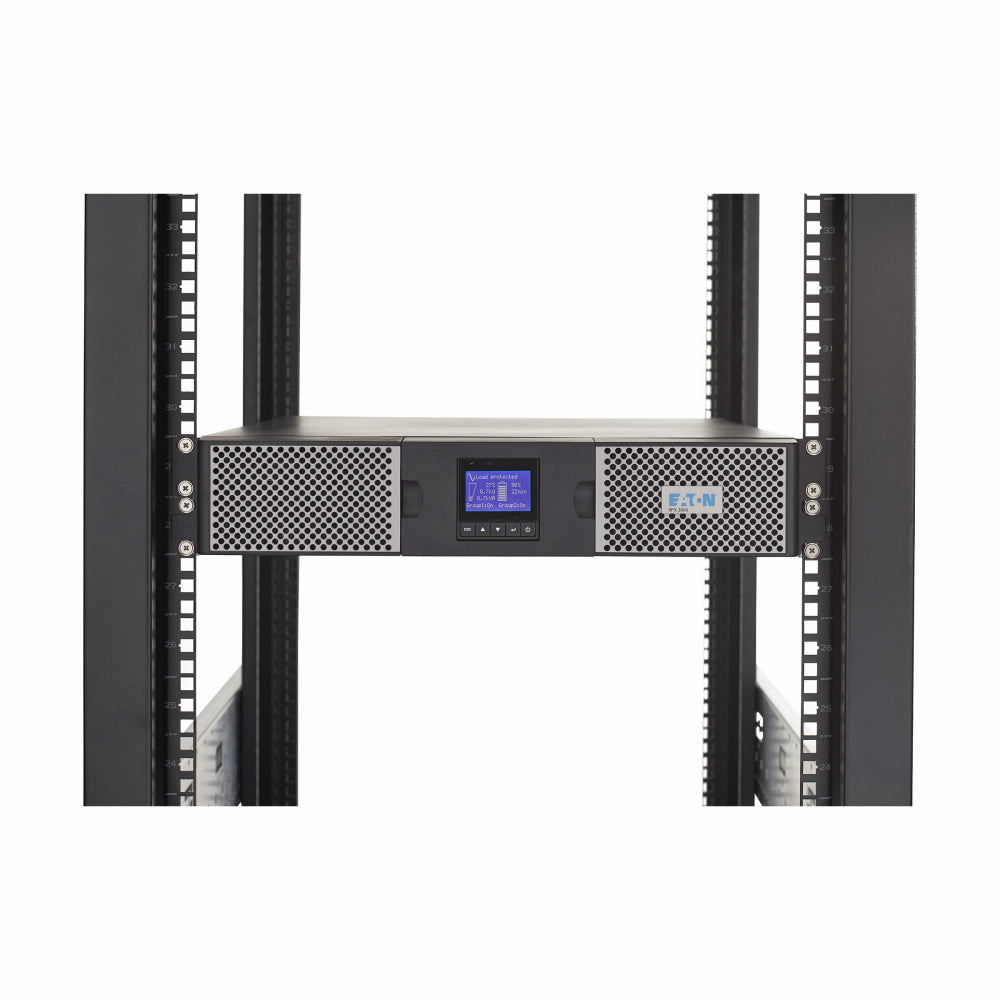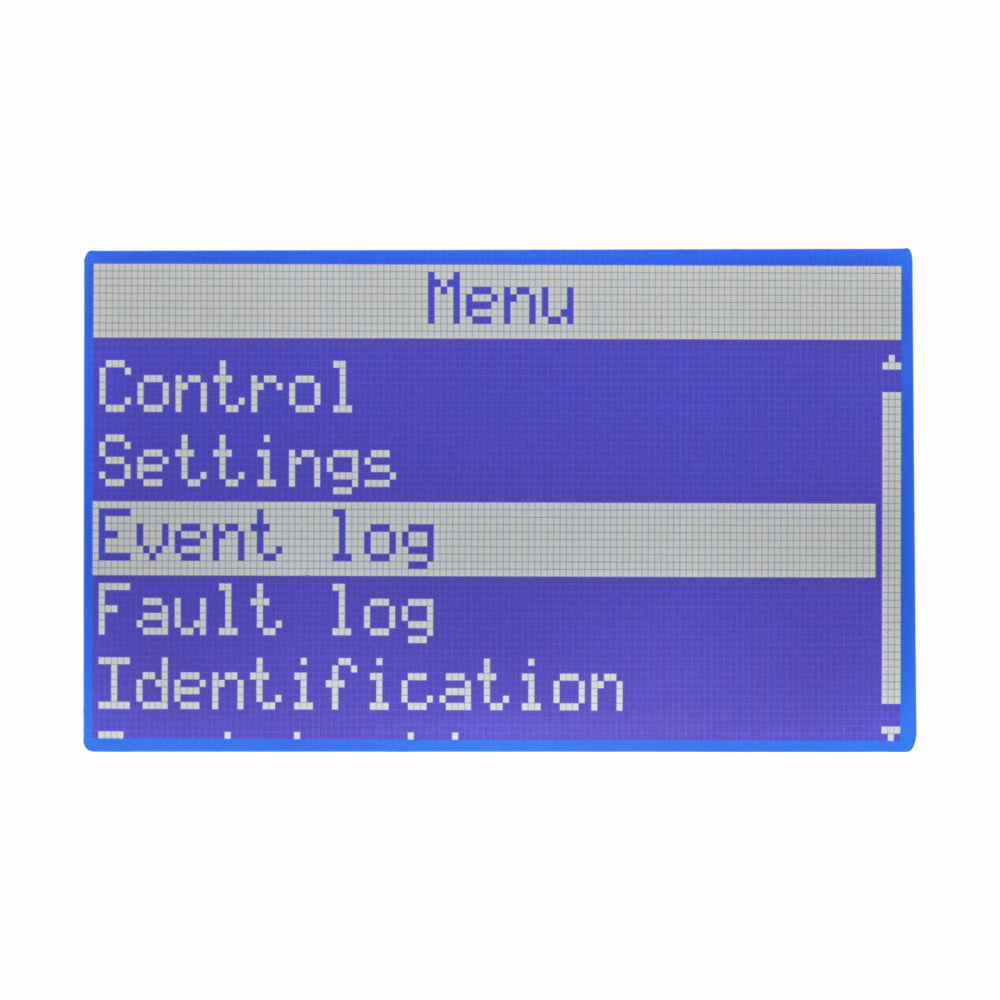Energy efficiency isn't just about sustainability, it’s about cost savings. Companies across industries are looking for ways to reduce their electricity bills without compromising uptime or reliability. One often-overlooked solution? Uninterruptible Power Supply (UPS) battery backup systems.
Many assume UPS systems are just for emergency power, but the right UPS can actually help cut energy costs. Let’s explore how.
1. Peak Shaving: Lowering Demand Charges
Many commercial electricity bills include demand charges—fees based on your highest power usage during peak times. UPS battery backups can help by storing energy during low-demand periods and discharging it during peak hours. This process, known as peak shaving, helps businesses lower demand charges and optimize energy consumption.
Example:
A data center using a UPS system with peak shaving capabilities can significantly reduce demand spikes, translating to thousands of dollars in annual savings.
2. Power Factor Correction: Reducing Wasted Energy
Utility providers charge for both real power (used to perform work) and reactive power (which doesn’t perform useful work but affects the electrical system). A poor power factor can lead to higher energy costs. Many modern UPS systems include power factor correction (PFC), which optimizes energy use and reduces waste, leading to lower utility bills.
Key Benefit:
A UPS with high power factor efficiency (close to 1.0) ensures that your business gets the most out of the energy it consumes.
3. Energy-Efficient Modes: Lowering Electricity Consumption
UPS systems with eco-mode or high-efficiency modes can reduce energy waste by automatically switching to the most efficient power path when the grid is stable. This can lead to efficiency levels of 98% or higher.
Example:
An office building with a 10 kW UPS operating in eco-mode can save hundreds of dollars annually in energy costs compared to traditional double-conversion UPS systems.
4. Preventing Equipment Damage and Downtime
Voltage fluctuations and power surges can damage sensitive electronics, leading to costly repairs and replacements. A UPS acts as a buffer, preventing damage that can lead to expensive downtime and increased energy consumption due to system failures and restarts.
Financial Impact:
The average cost of IT downtime is estimated to be $5,600 per minute. A UPS system prevents unexpected outages, safeguarding both productivity and energy efficiency.
5. Optimized Load Management
Advanced UPS systems allow for load shedding, which means prioritizing critical loads while shedding non-essential ones during outages or peak periods. This ensures efficient energy use while maintaining essential operations.
Example:
A manufacturing facility can use UPS-backed load management to keep critical machinery running while temporarily shutting down non-essential equipment, reducing overall energy costs.
Choosing the Right UPS for Maximum Energy Savings
When selecting a UPS system for energy cost reduction, consider:
Efficiency rating: Look for UPS models with 95%+ efficiency in normal operation.
Battery technology: Lithium-ion batteries offer longer lifespan and better charge efficiency than traditional lead-acid batteries.
Scalability: Modular UPS systems allow for expansion without excessive energy waste.
Smart monitoring: Features like remote energy monitoring and predictive analytics help optimize power usage.
Final Thoughts
A UPS system isn’t just a backup power source—it’s a strategic investment that can drive energy savings. From peak shaving to power factor correction, energy-efficient modes, and optimized load management, a modern UPS can significantly reduce operating costs while protecting your critical infrastructure.
Are you ready to cut energy costs with a smarter UPS solution? Contact us today to explore energy-efficient UPS options tailored to your business needs!



